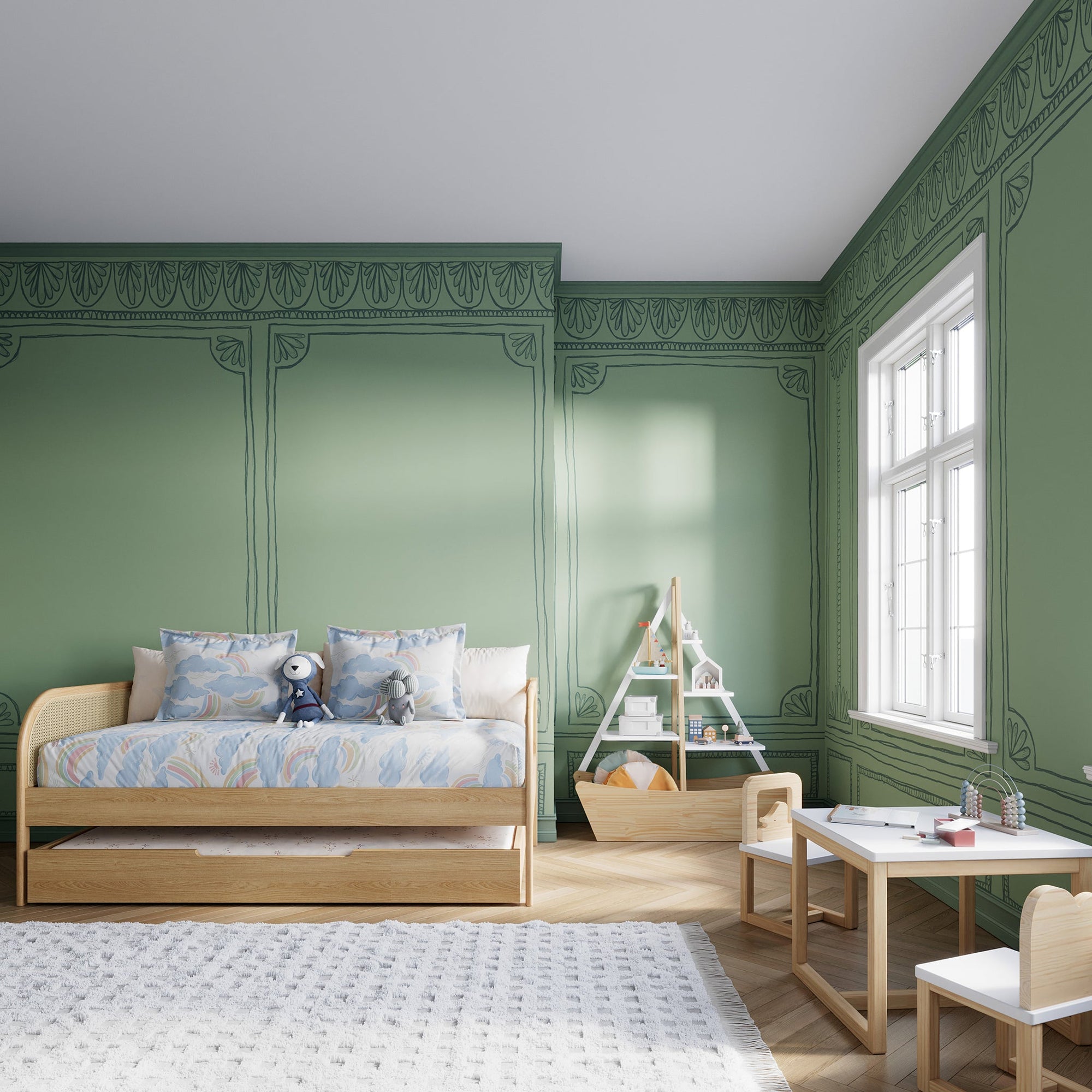Gifting has never been easier
Perfect if you're short on time or are unable to deliver your gift yourself. Enter your message and select when to send it.

When it comes to decorating a child’s room, every piece has to work a little harder—from adapting to ever-changing needs to fitting within limited square footage. Enter the daybed: equal parts stylish, space-savvy, and endlessly versatile. Whether you're designing a nursery that doubles as a guest room, creating a flexible play space, or maximizing function in a shared bedroom, the right daybed can transform how a room works and feels. Ahead, we’re sharing three inspired ways to style our new daybeds.
When selecting furniture for a kid’s room, the options can feel endless. Do you go with a minimalist twin bed to grow with your child through the teen years? A whimsical camper-shaped or race car bed to spark adventures and fuel imaginative play or something in-between—a piece that blends both personality and practicality? And because it’s always wise to select pieces that can do double-duty, a daybed might just be the unsung hero of kid-friendly design, especially if the room needs to serve more than one purpose.
Moonlighting as seating during the day but converting to a sleeping surface at night, the daybed is one hardworking piece of furniture. It’s versatile and can be styled in so many ways. “Daybeds are a great solution for switching between sleeping or utilizing a sofa in small spaces,” shares designer Sarah Latham of L Interiors. But how do you incorporate it in a way that feels effortless and not like an afterthought? Below are three smart ways to style our new daybeds, because one piece really can do it all.

When space is tight and that extra room needs to function as both a nursery and guest bedroom, a daybed can really pull its weight. In those early weeks, you might find yourself crashing out with the baby or hosting a steady-stream of family and friends. A daybed offers flexibility: a cozy spot for late-night feedings, a place to “sleep while the baby sleeps,” or an easy bed for overnight guests. But how do you strike the right balance between nursery essentials and guest-friendly design?
“When designing a multi-use space with the primary purpose being a nursery, I would lean into the child qualities of the room with softer colors and patterns,” Lathan shares. Anchor the space with the Acre Daybed in white and then layer in gentle tones like blushes, sage, and creams. This brings a sense of calm and keeps it joyful enough for a child—yet elevated and intentional enough for when guests arrive. A few oversized pillows (think 22x22) in natural fabrics, like linen or organic cotton, will give a relaxed, lived-in look. “Adding in a variety of pillows make a great multi-functional daybed,” Latham shares.
Incorporating subtle patterns and tones like a garden print through wallpaper or a rose-colored dresser adds a touch of interest without overpowering the space. In an effort to keep the palette cohesive, drape a blanket or floral bedding on the daybed that plays well with the crib. A small side table next to the bed can be useful for items like a sound machine, burp clothes or bottles—or water glasses and books for the guests. Opt for the trundle add-on and you’ll have ample places to store baby clothes and extra linens.

“When designing a playroom that is occasionally a guest room, add in art, furniture, or accessories that appeal to both children and adults,” Latham says. After all, a playroom is a space that should be inviting and joyful—so leaning into that ethos is key to creating a thoughtful space.
Select a daybed that has character, warmth, and a little edge—like the Cove Daybed which features rounded edges and rattan panel detailing. “Go for enriching colors and shapes to fill the space. This is a great way to embrace the room,” Latham adds. A hand-painted mural (or wallpaper that could pass as one) in a deep green adds a focal point and a sense of wonder. When it’s not being used as a guest room, kids can hop up on the daybed and use it as a reading zone. Adding a whimsical bookshelf nearby ensures prompts them to take a beat and unwind.
It can also double as a space for creative play (maybe it’s an imaginary stage one day, a fort the next), so having a place for puppets, dress-up clothing, or stuffies encourages engagement. A daybed with a trundle is great for this. Finally, grounding the room with a cozy rug will help zone the space and also absorb playtime noise.

A couch by day, bed by night—if you’re short on square-footage or have siblings sharing a bedroom, a daybed is a must. “Daybeds are a great solution to switching between sleeping or utilizing a sofa in small spaces,” shares Latham.
If you’re looking to add into a shared room, a warm wood toned daybed with a trundle is a good call—this way it can coexist with other pieces when not in use, while also offering functionality.
The hidden trundle offers an extra bed without taking up the added space—a major bonus for school-aged kids sharing a room. To add a bit of personalization for both kids, so they can make it feel like their own, have them each select a print or art piece to hang above the daybed.
Whether it’s anchoring the living room or pulling double duty in a playroom, with the right styling, a daybed can be the key piece in making your space work harder—and make even the teeniest of spaces have a big impact.